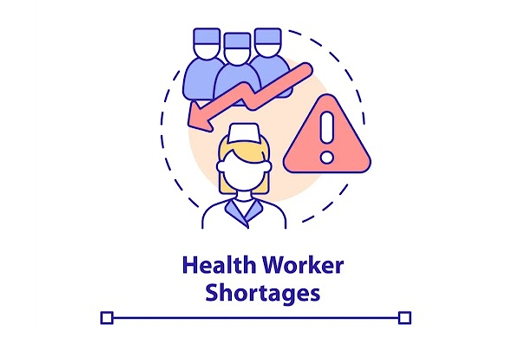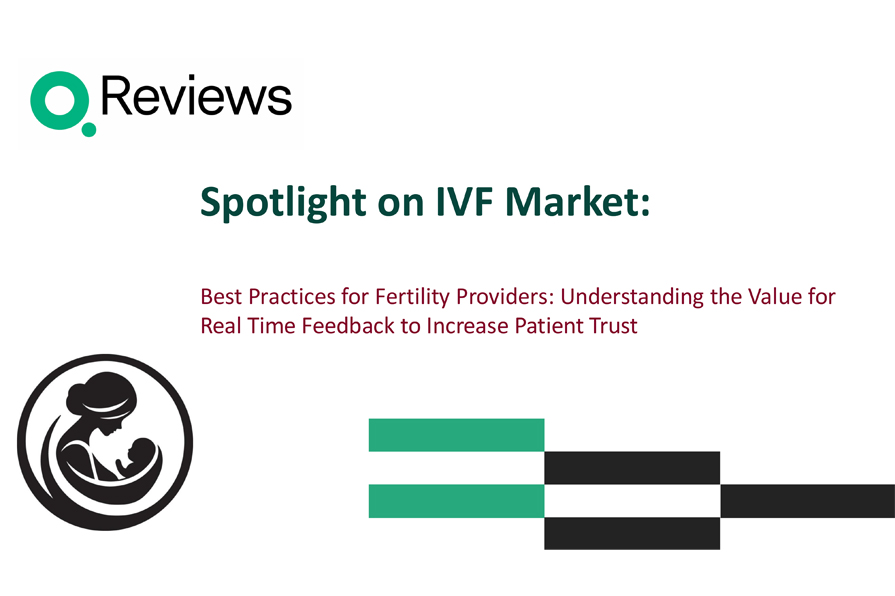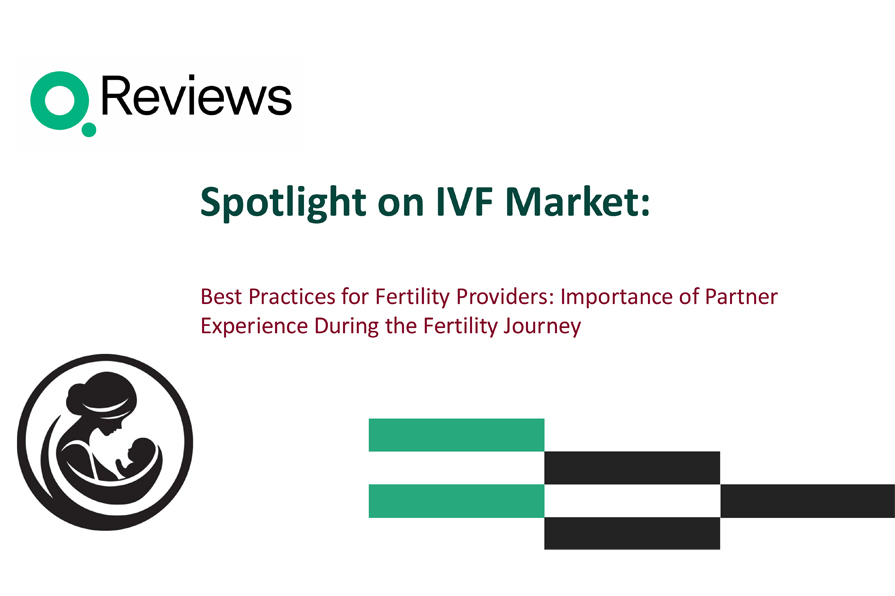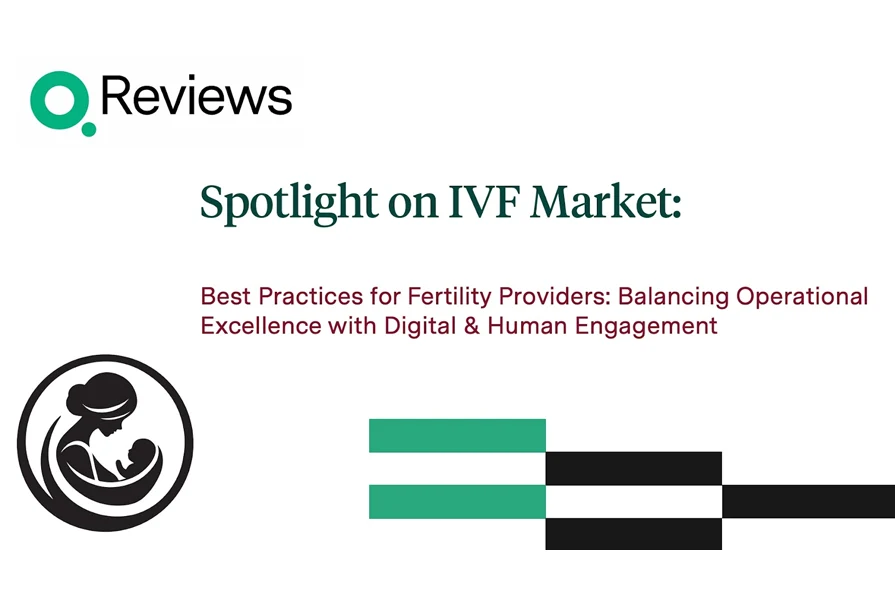
Fertility in the Digital Age: Meeting the Expectations of Gen Z and Millennials
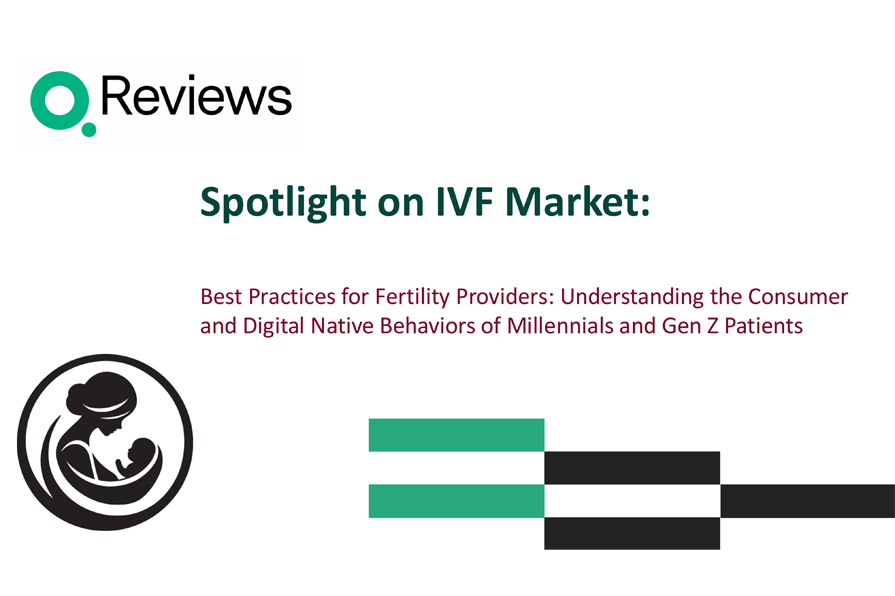
Fertility care is no longer the domain of older couples or niche specialists. As Millennials and Gen Z delay parenthood for career, education, and personal growth, they are increasingly seeking fertility support—whether proactively preserving fertility or navigating challenges to conceive. But this new generation of patients comes with new rules. They’re not just patients; they’re savvy healthcare consumers, and they expect a modern, seamless, digital-first experience.
If fertility clinics don’t adapt to meet these expectations, they risk becoming irrelevant to the very people who need them most.
Delaying Parenthood: A Generational Shift
The traditional “get married, buy a house, and have kids by 30” playbook is no longer the norm. According to a 2024 Newsweek report, 45% of Gen Z adults say they’re delaying or rethinking having children—compared to 38% of Millennials at the same age.
This isn’t a sign of disinterest in family—it’s a reflection of the changing economic and cultural landscape. Many are:
– Pursuing higher education and advanced degrees into their late 20s
– Building careers and prioritizing financial stability
– Exploring a DINK lifestyle (Double Income, No Kids) as a path to travel, entrepreneurship, or creative fulfillment
But biology doesn’t wait. As a result, demand for services like egg freezing, IVF, and donor options is on the rise.
Case in point: Annie, a 34-year-old tech product manager in San Francisco, froze her eggs at 32 after receiving a company-wide email announcing a new fertility benefit. “I wasn’t ready for kids, but I wanted the option later. Without the benefit and a clinic that let me do everything online, I never would have taken action,” she said.
The Digital Native Healthcare Consumer
Millennials and Gen Z are the first generations to grow up with the internet, mobile devices, and social media. They are digital natives—people who have always been surrounded by digital technology.
This shapes how they engage with every industry, including healthcare. They expect:
– Instant access to information and services
– Mobile-first design
– Transparent pricing, clear next steps, and self-service tools
– Short wait times and real-time communication
– A user experience as seamless as Amazon or Netflix
WINFertility highlights how Millennial and Gen Z workers value personalized care navigation, virtual consultations, and price transparency—services they provide through digital platforms tailored to each generation’s expectations.
No More Complicated PDFs or Photocopied Packets
One of the biggest complaints young fertility patients voice? The sheer inefficiency and confusion of the process.
– Jargon-filled documents, emailed as multi-page PDFs
– Medical records that must be physically requested or faxed
– Unclear costs, insurance confusion, and surprise billing
– Dozens of calls and emails to schedule or clarify instructions
Contrast that with how they manage the rest of their lives: booking travel, tracking health metrics, and comparing products—all online, fast, and user-friendly.
Healthcare should be no different.
Fertility Clinics Must Think Like Consumer Tech Companies
To truly serve Gen Z and Millennials, fertility practices must act more like consumer experience companies, and less like traditional medical offices. That means:
1. Streamlined Onboarding
Think: online self-scheduling, insurance verification tools, patient portal sign-up in minutes—not paper forms and 3-day callbacks.
Example: Kindbody offers a digital interface with appointment booking, telehealth, medical records, and pricing tools—all in one platform.
2. Digital Communication Channels
Millennials and Gen Z are far more likely to respond to texts, app notifications, or chat than phone calls.
Anecdote: Lisa, a 29-year-old marketing professional, chose a clinic because they offered chat support: “I had questions late at night. Being able to message a nurse and get a reply within minutes made all the difference.”
3. Clear, Visual, Understandable Education
Replace the photocopied PDFs with short videos, interactive guides, and visual explanations.
Example: Fertility IQ offers bite-sized educational content from real patients and doctors, ideal for digital learners.
The Cost Question: Why Financial Transparency Matters
The high cost of fertility care is a major concern—especially for Millennials and Gen Z, many of whom are still paying off student debt or navigating high housing costs.
According to WINFertility, IVF can cost upwards of $12,000–$15,000 per cycle, often not covered by insurance. That’s why employer-sponsored fertility benefits are becoming a key consideration when choosing jobs.
Example: Meta, Salesforce, and Amazon all offer fertility benefits—including egg freezing and surrogacy stipends. These companies are viewed as inclusive and progressive by younger professionals.
In Summary: Gen Z and Millennials Are Reshaping Fertility Care
They are delaying families—but not abandoning them. They are digital natives—expecting convenience, clarity, and personalization. And they are healthcare consumers—looking for value, transparency, and responsiveness.
Fertility practices that want to succeed in this new era must:
✅ Ditch outdated communication methods
✅ Embrace mobile-first, digital platforms
✅ Offer on-demand information and support
✅ Make pricing and treatment pathways clear and accessible
✅ Meet patients where they are—emotionally, digitally, and financially
The future of fertility is here. It’s digital. It’s consumer-driven. And it starts with understanding the next generation.
References
- WINFertility: How to Support a Millennial and Gen Z Workforce – https://www.winfertility.com/blog/how-to-support-a-millennial-and-gen-z-workforce/
- WINFertility: Why Millennials are Seeking Employers That Offer Fertility Benefits – https://www.winfertility.com/blog/why-millennials-are-seeking-employers-that-offer-fertility-benefits/
- Newsweek: Gen Z Is Delaying Having Kids – https://www.newsweek.com/more-gen-z-delay-having-kids-millenials-amid-birth-rate-decline-fears2082085
- TechTarget: Definition of Digital Native – https://www.techtarget.com/whatis/definition/digital-native
- The Future of Commerce: Digital Natives and Marketing Strategy – https://www.the-future-of-commerce.com/2022/05/05/digital-natives-definition-stats-marketing-strategies/

